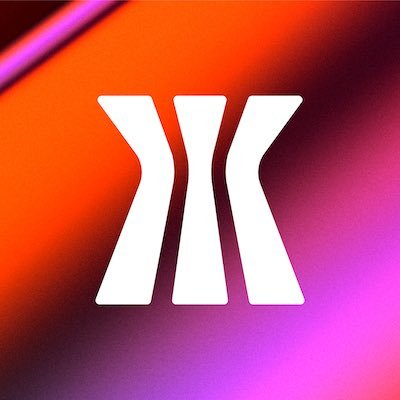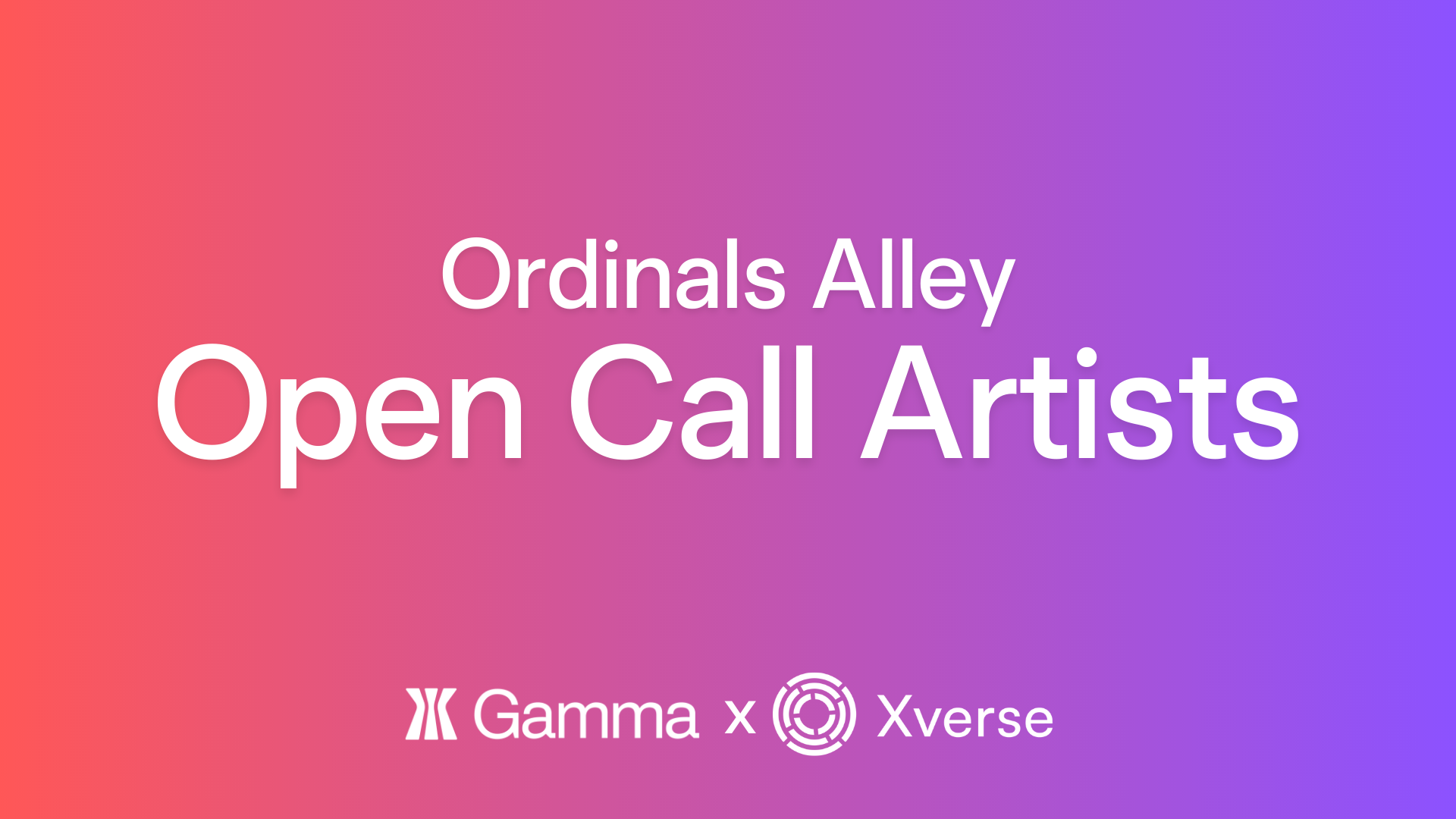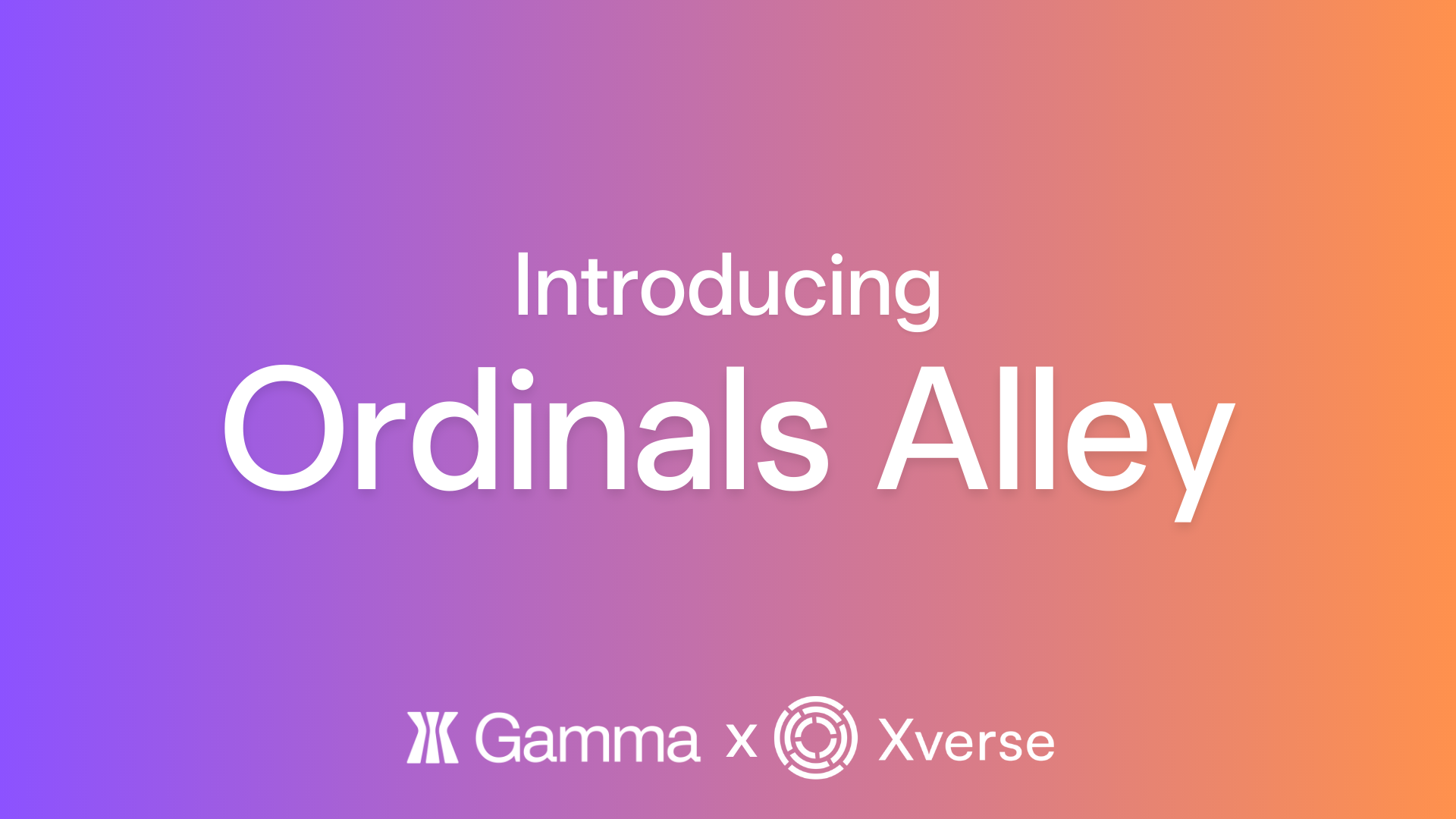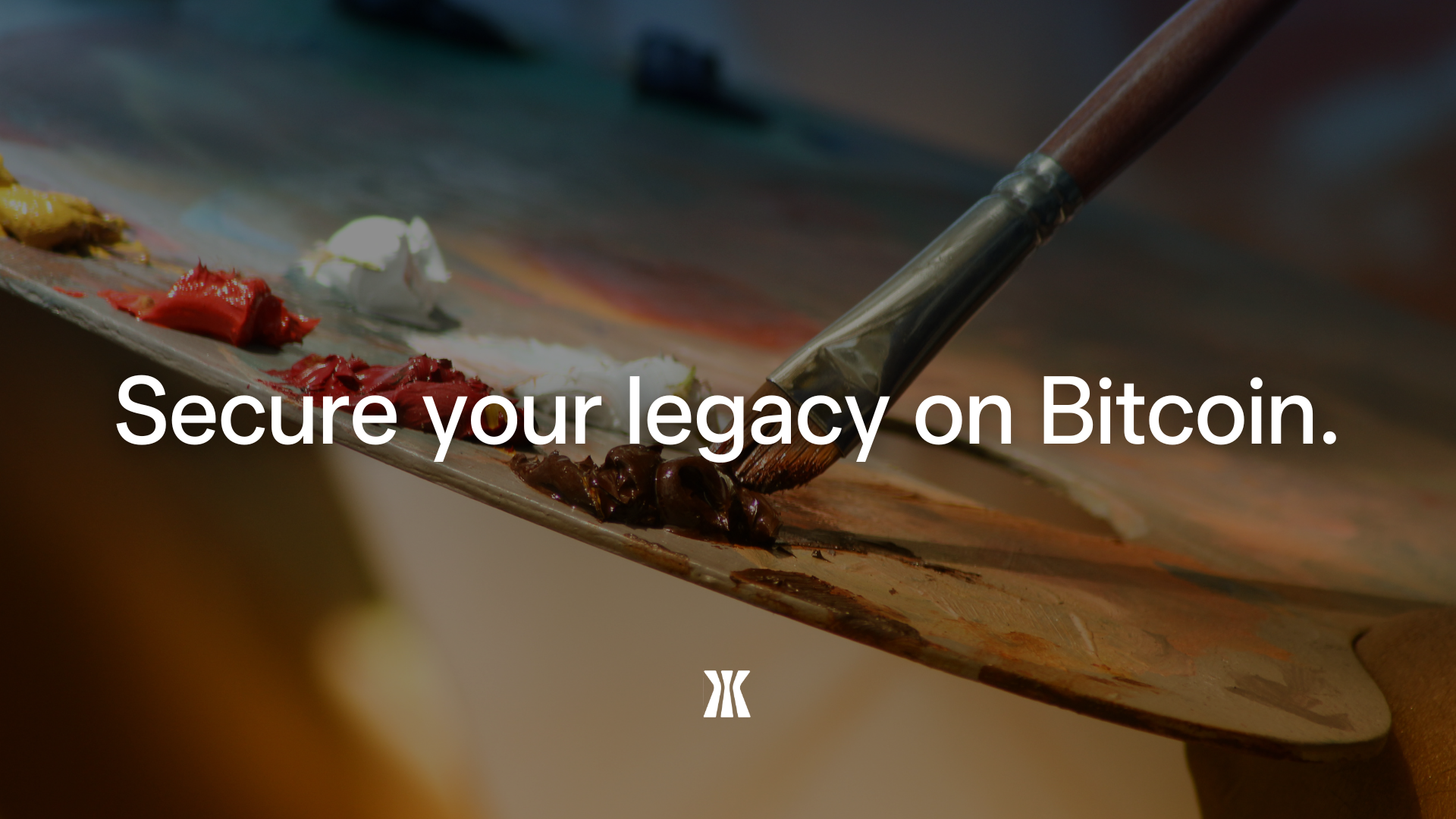The Beginnings of Nik.Vct’s Journey
My path into digital art began in an unusual place—my career as a mechanical engineer. In my daily work, I use engineering CAD systems, which gave me the tools and skills to experiment with digital art, starting with 3D creations. The rise of NFTs piqued my interest, and I thought, "Why not give it a try?" After applying to an NFT platform and being accepted, my artistic journey took off. Soon, I discovered the world of creating art through pure code, something that fascinated me as a longtime enthusiast of programming. I began learning the "Processing" language to express my ideas through code.
The Surprise of Generative Art and Bitcoin Ordinals
What drew me to generative art was the exciting element of surprise. Even with a clear algorithm, the end result is often unpredictable, adding a layer of intrigue to the process. When I first learned about Bitcoin ordinals, the novelty sparked my curiosity. It felt like an entirely new way to create and store art, and I was eager to explore it. My experience with ordinals has been similar to working on other blockchains, but there’s a special permanence with ordinals—the artwork stays embedded in the code forever, which is incredibly appealing.

Constantly Evolving: A Dynamic Approach to Style
When it comes to my style, I find it hard to pin down. I’m always looking for new ideas, which means my artistic approach is constantly evolving. However, if you look closely at my work, you’ll notice a common thread running through it, a sense that it was all made by the same person. What remains consistent is my set of tools, while the visual style can change as I experiment and explore.
Embracing Ordinals for Permanence
Bitcoin's prominence as the most popular cryptocurrency made it impossible to ignore ordinals as a medium. What’s fascinating is how Bitcoin ordinals allow the artwork to become part of the blockchain, stored there permanently. This is a bit different from NFTs on platforms like Ethereum or Tezos, particularly in terms of how the image is stored, but the overall mechanics—image, network fees, blockchain—are similar. One unique challenge with ordinals is the need to create incredibly compact images. I often find myself working with file sizes measured in bytes, which pushes my creativity in new directions.
"Engineering Geometry" and "Arrival in SP": Highlights from My Ordinals Collection
One of my favorite pieces I’ve released using Bitcoin ordinals is called Engineering Geometry. You can view it here. Some people have said it looks like an engineering drawing of an apartment, which is an interesting take! This piece was the first generative work I published on Gamma and in the ordinals space. The inspiration came from asking myself, "How can an engineer create abstract geometry without losing the technical precision?"
Another piece that holds special significance is Arrival in SP. You can view it here. It was my first attempt at combining generative programming with other digital processes to create a final image. This work explores the idea of imaginary, non-existent places, and it was a joy to create.

From Jewelry Making to Digital Art: Bridging the Traditional and Digital Worlds
Before entering the digital space, I worked with my hands, creating silver jewelry, mainly rings. Jewelry-making is much like sculpting, but on a smaller scale. My interest in this craft began suddenly—I signed up for a course, bought the tools, and started making pieces. While my jewelry work is currently on hold due to time constraints, I hope to return to it someday.
Personal Growth Through Creative Exploration
Diving into digital art has been a journey of growth. For example, learning 3D modeling introduced me to rendering, something I hadn’t needed in my engineering work. I also taught myself programming languages like Processing and P5.JS, which not only expanded my creative capabilities but also sharpened my engineering skills. My engineering background was the gateway to my creativity, and in turn, my creative work has improved my engineering proficiency. It’s a perfect synergy between the two.
The Influence of Creative Coding and Maintaining Originality
The world of creative coding, particularly the talented artists working with programming languages, has had a huge influence on me. Platforms like FXHash, where I first started as a generative artist, have been a great source of inspiration. For me, the key to originality is simple: as long as you’re drawing inspiration rather than copying, you’ll never struggle to create something unique.
.png?width=529&height=529&name=a0ee1422e59ea33133ab922d408b07dd81e6e9889bf1f2ca19608a8c14d76665i0%20(1).png)
Adapting to Crypto and Pushing Boundaries
My journey into the crypto space started with a desire to understand how cryptocurrencies work. I created wallets, bought and sold coins, and eventually began collecting NFTs. One of the most challenging tasks I’ve faced was creating a piece in JavaScript that needed to scale infinitely while maintaining its appearance on any screen size. This required developing a program that could automatically adjust the artwork to fit different display dimensions. Challenges like these are essential for personal growth—they push you to find creative solutions, and even when things don’t go as planned, you always learn something valuable.
Looking to the Future: Generative Art on Bitcoin
Looking ahead, one of my goals is to release generative works as code directly on Bitcoin. On a broader scale, I want to create something truly valuable, something that has no analog in the current space. This is still an abstract idea for now, but it’s a thought that keeps returning to me. I’m excited to see where it leads.
Advice for Aspiring Digital Artists: Start Your Journey Now
For emerging digital artists interested in exploring cryptocurrencies, my advice is straightforward: just start. Don’t wait for everything to be perfect—the path will reveal itself as you move forward. Stay passionate about what you’re doing and keep working in the direction you find most interesting. Choose the NFT marketplaces that resonate with you and dive in. The most important thing is to keep creating, and the results will come.




